Fighting malnutrition in Somalia in the time of coronavirus
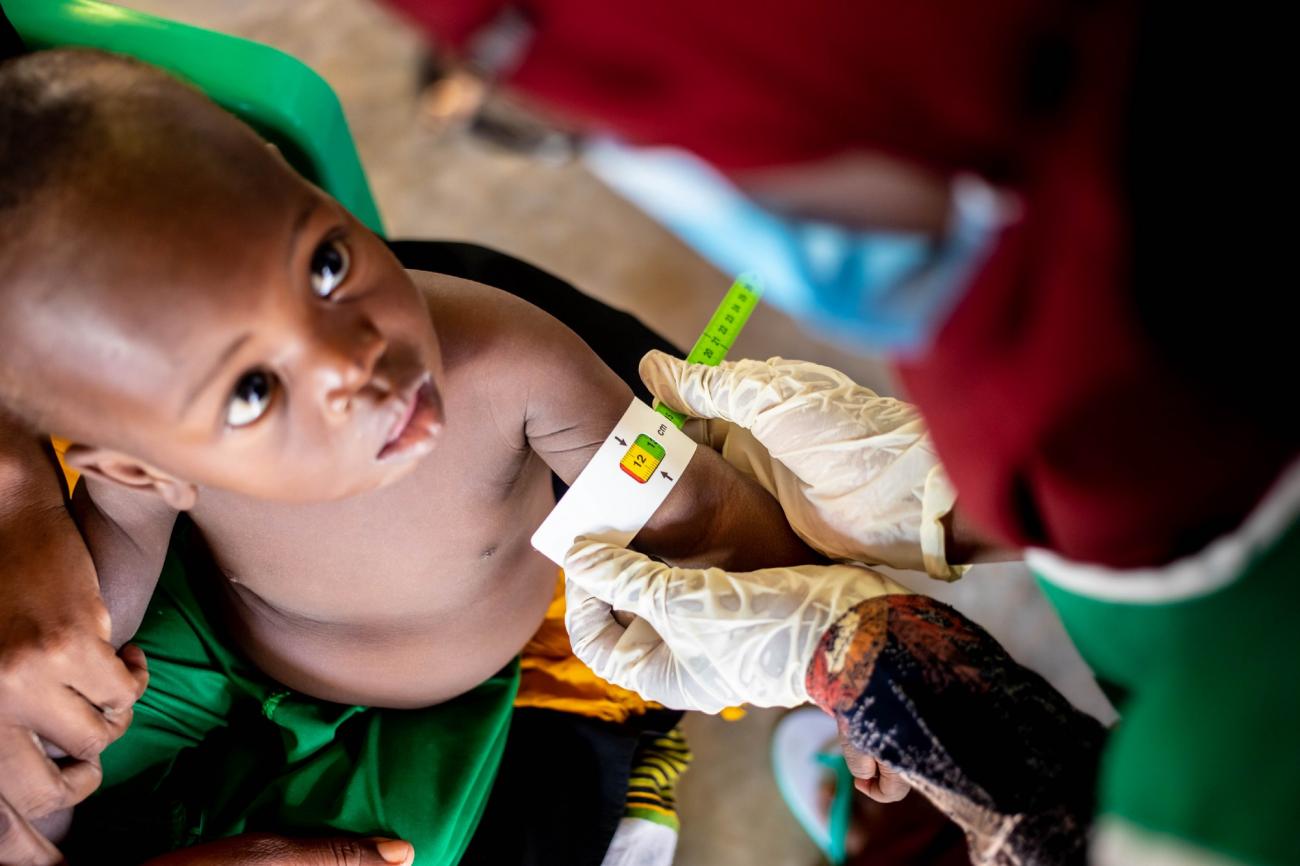
How WFP and UNICEF, with support from Germany, are keeping mothers and children safe from the virus while improving their nutrition.
Mohamed Ali Warsame, just one year old, gazes up at the health worker as she measures the circumference of his upper arm. It is an important indicator to help assess his nutritional status, and determine if he needs to keep receiving supplementary food. The health worker’s face is concealed by a disposable surgical mask, and her hands covered by latex gloves, but little Mohamed isn’t alarmed. Over the last few months, through the COVID-19 pandemic, he’s probably become accustomed to seeing the staff at the Shangani health center in Mogadishu wearing this kind of protective gear.
“He has visited the center four times now, to participate in the targeted supplementary feeding programme,” explains his mother, 30-year old Barwaaqo Aden Abdi.
Elsewhere, Shamso Ibrahim Aden is helping another health worker, who is similarly masked and gloved, to weigh her 14-month old son Abdi Herow Hussein. The ratio of weight to height and age is another key nutrition indicator.
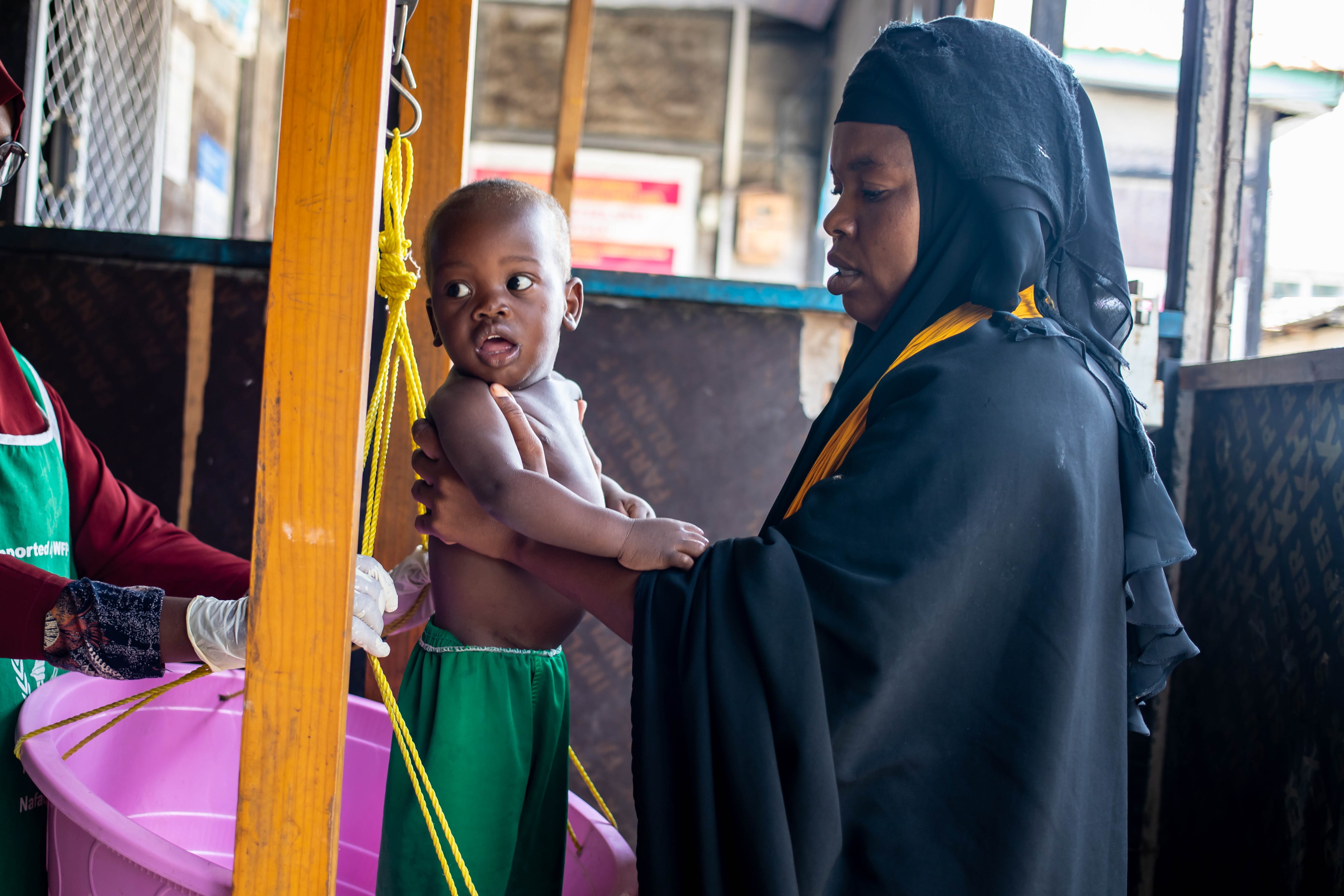
Mohamed, Abdi, Shamso and Barwaaqo are all participants in a programme in Somalia to combat moderate and severe acute malnutrition, jointly implemented by the United Nations World Food Programme (WFP) and the United Nations Children’s Fund (UNICEF) and supported by funding from Germany. Both United Nations agencies are working with the Somali Ministry of Health on the initiative, which combines UNICEF’s malnutrition prevention and treatment programme and water, sanitation and hygiene interventions with WFP’s targeted supplementary feeding and mother and child health and nutrition programmes.
Interventions to fight malnutrition are critically important in Somalia. More than ten percent of children under five suffer from wasting, a result of several factors including inadequate access to clean water and nutritious food.
“My husband works on a donkey cart, and provides the whole income for our family. Unfortunately it is not enough to feed and educate our children,” says Barwaaqo.
Shamso’s story is similar; she and her husband were farmers but, after being displaced by civil conflict, they must now rely on the money he makes providing wheelbarrow transport services.
“There are no other sources of income that support us, except for WFP’s support,” she says.
COVID-19 has brought changes to how the programme is implemented, to minimize the risk of infection for pregnant women, nursing mothers and young children. For the last few months, when they have come to health centres to have key nutrition indicators checked and to receive special nutritious food supplements, they’ve found new measures in place to protect both themselves and the staff assisting them.
Everyone has their temperature checked on arrival at the centers, conducted at a safe distance with non-contact infra-red thermometers, so that anyone with possible COVID-19 symptoms can be screened and referred appropriately.
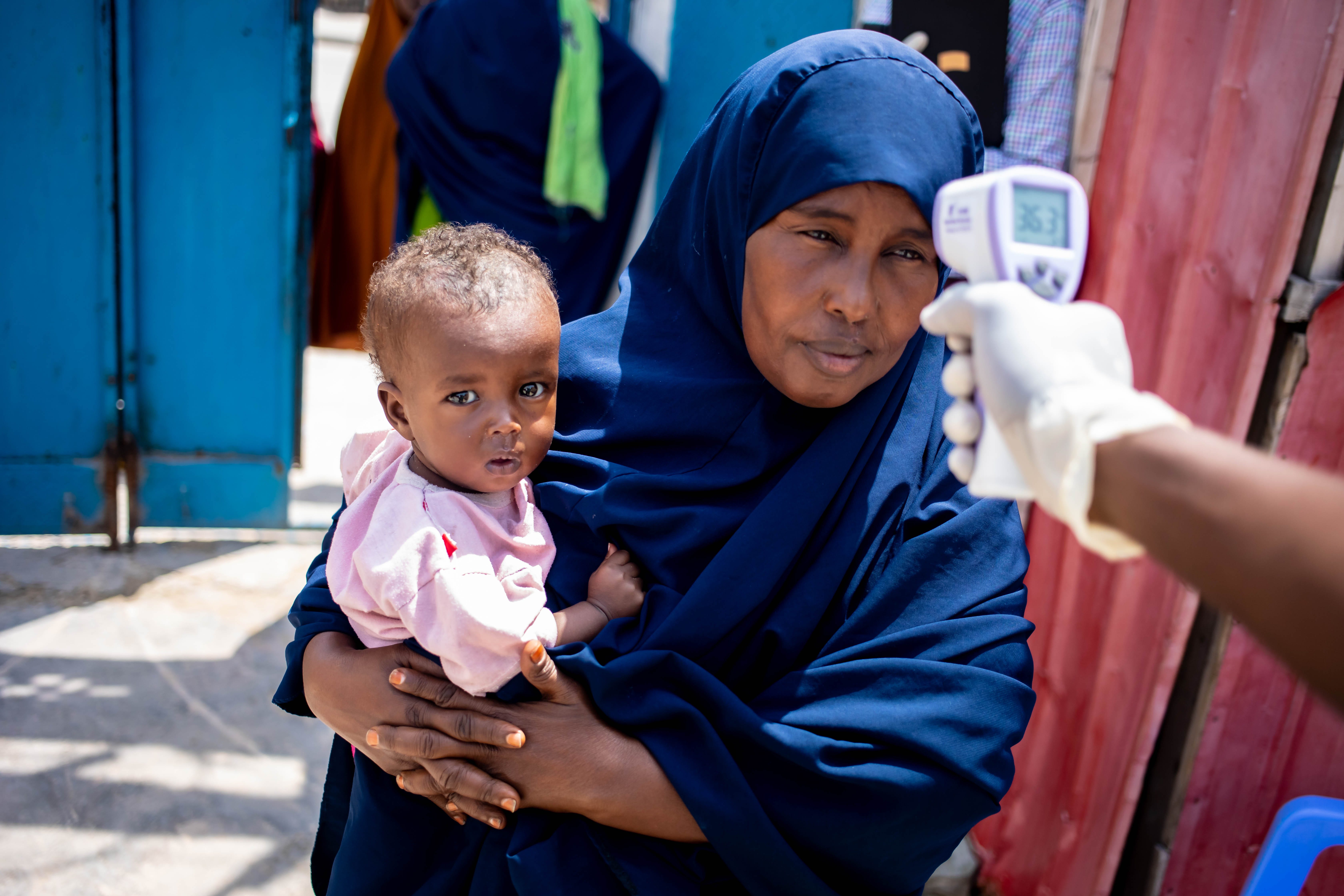
Then there is mandatory hand-washing for everyone entering the health facilities, both for programme participants and staff.
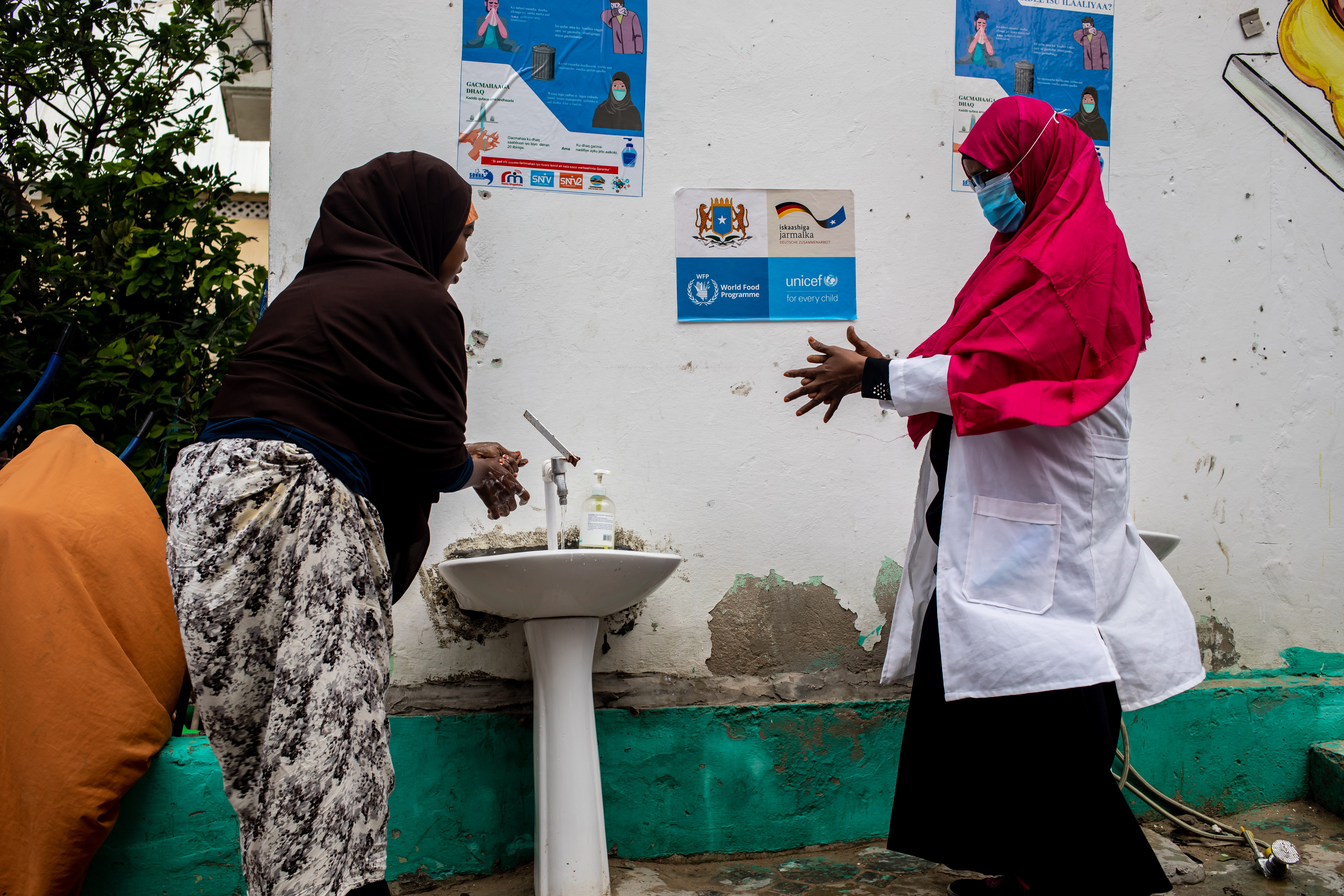
Once inside, mothers and children wait on chairs or benches set up to ensure safe social distancing. Health workers are on hand to provide tailored information and education while they wait. Pregnant women and mothers visiting for the first time receive useful facts on health, nutrition, and the registration processes at the center, while returning participants can access counselling and information about other services that they may be able to benefit from.
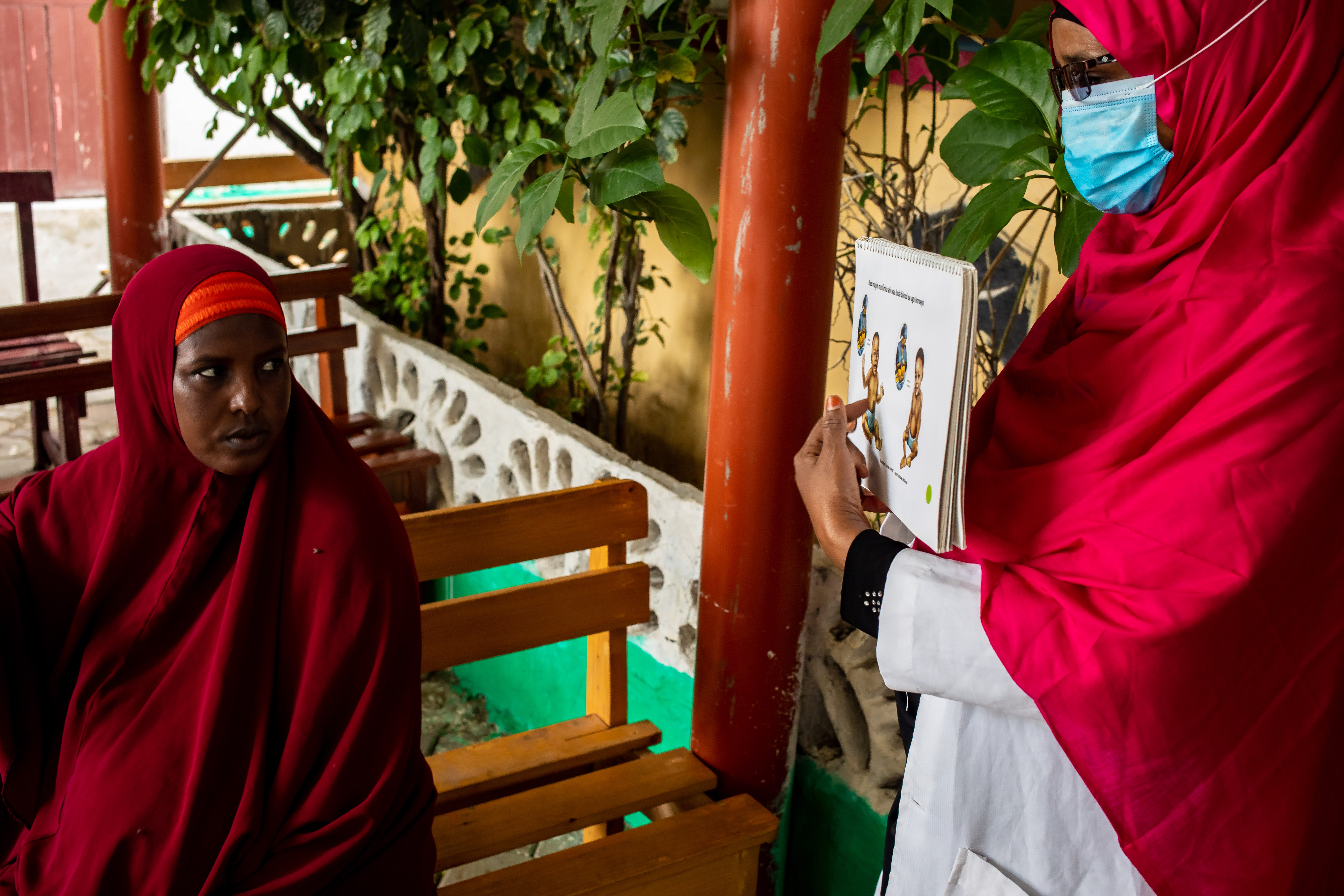
Registration is conducted at a safe distance by staff in personal protective equipment (PPE) — masks and gloves — with plenty of hand sanitizer available.
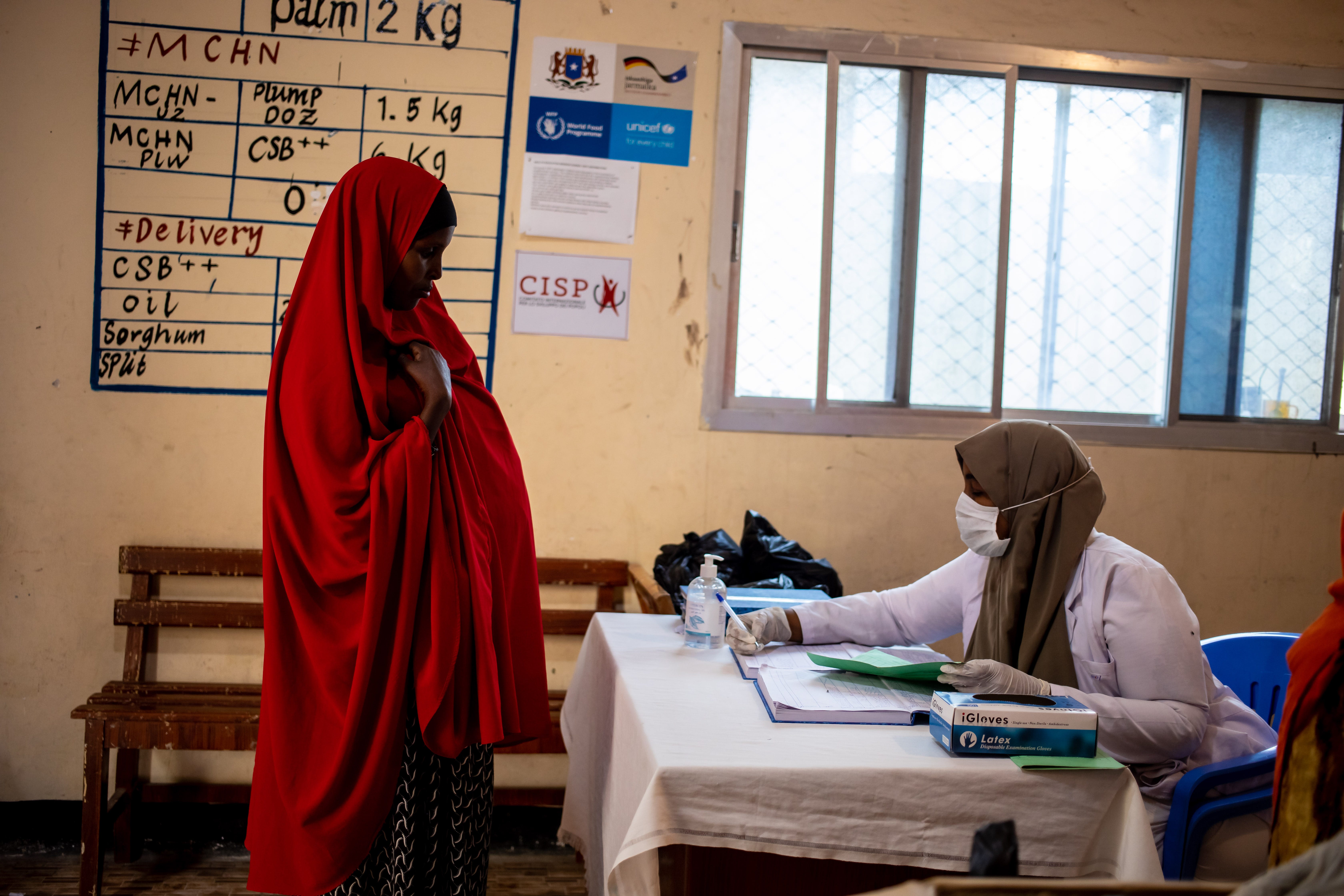
Programme participants then have their children’s key measurements taken to indicate their nutrition status. These measurements include the upper arm and weight checks that Mohamed and Abdi have just undergone.
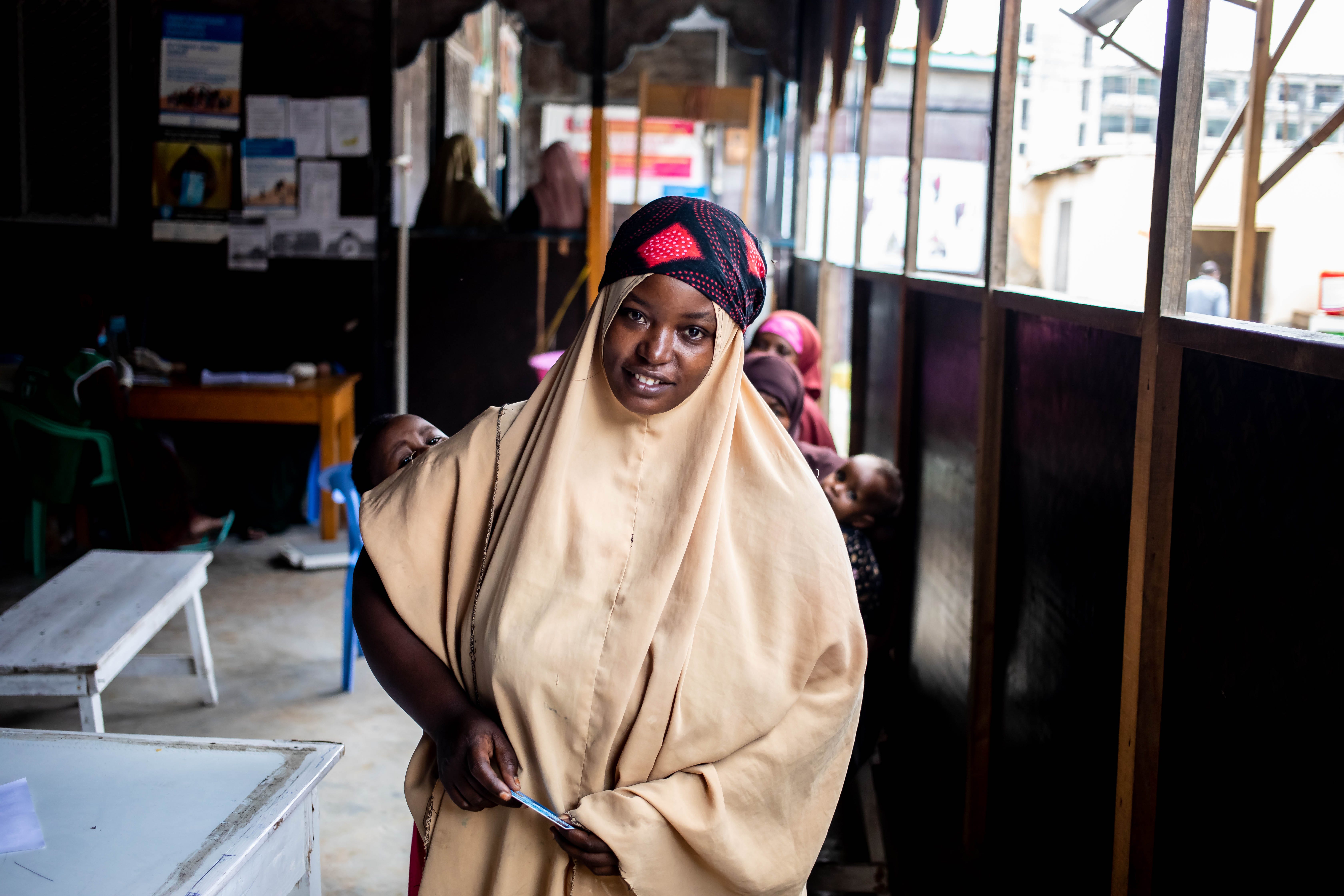
Staff, fully equipped with PPE, are on hand to ensure the nutrition indicators for every participant are carefully tracked and recorded against their individual records, using special cards issued to each of them.
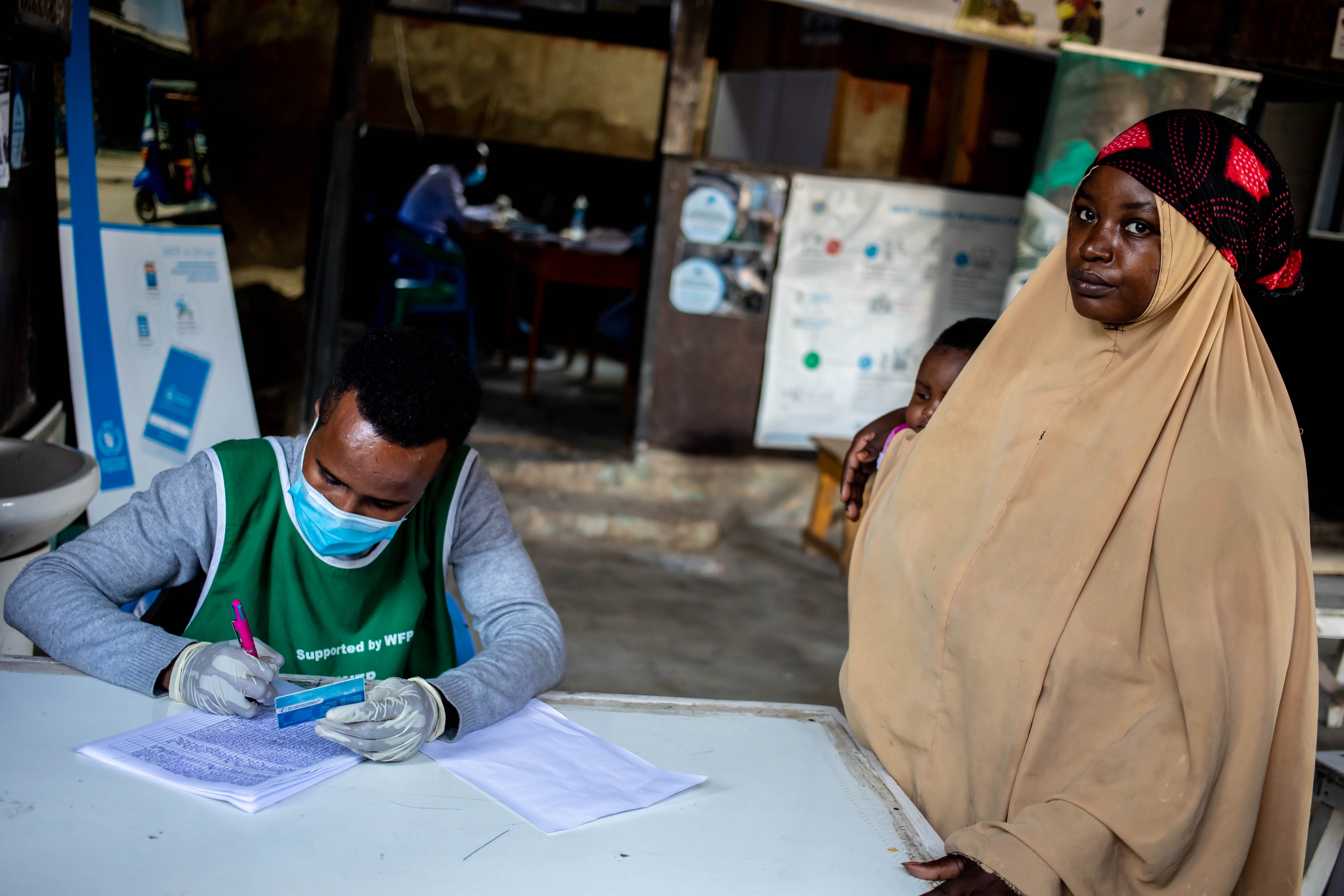
Finally, participants receive packets of special supplementary food to boost the nutrition for themselves and their children — again, with as little contact as possible, and with staff wearing gloves, masks and aprons to keep everyone safe.
All through the process, the changes made to protect people from COVID-19 are highly visible — and WFP and UNICEF staff and partners, as well as participants, have needed to adapt quickly. But the changes have been necessary. The programme is too important to be allow it to be disrupted by the virus, ensuring that children like Abdi Hedrow Hussein can get the nutrition they need for proper physical and mental development despite the ongoing pandemic.
“This is our sixth visit to the centre for the targeted supplementary feeding programme,” smiles his mother, Shamso. “It is helping with his malnourishment.”
Link to original story.


